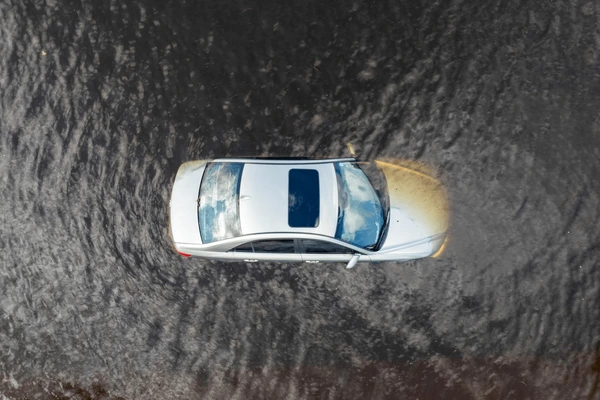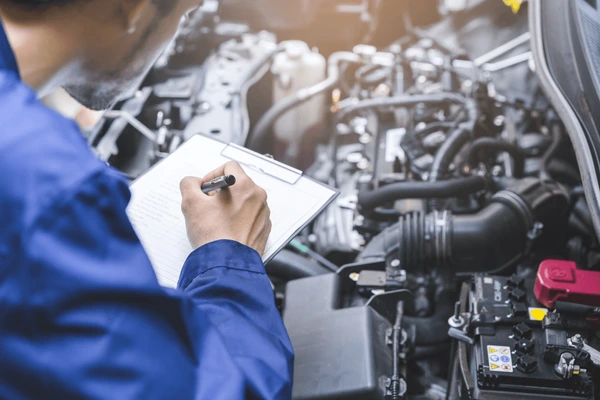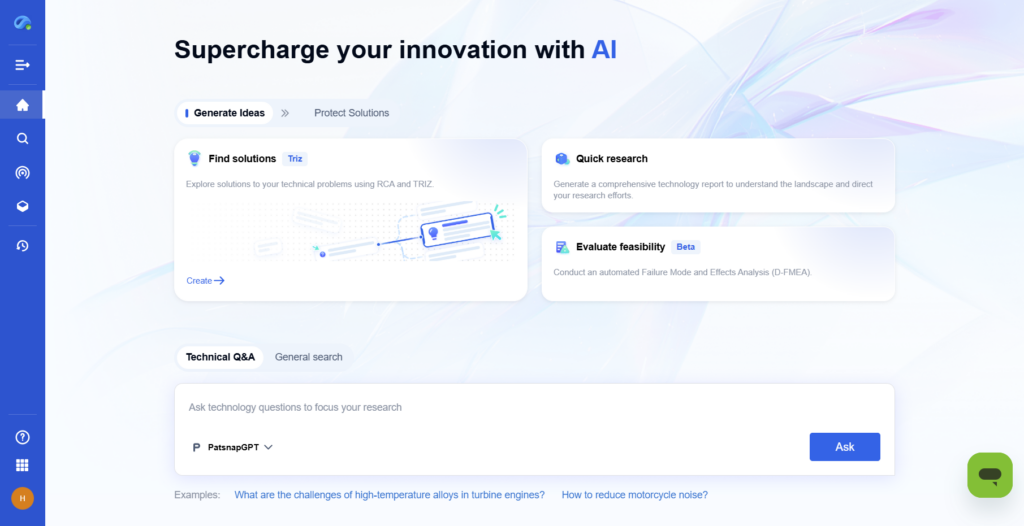
A hydrolocked engine can cause serious and often costly damage to a vehicle. When water enters an engine’s cylinders, it can prevent the pistons from moving properly, leading to significant mechanical issues. This article explores the causes, symptoms, and solutions for a hydrolocked engine, and how to prevent this problem from damaging your vehicle’s performance and reliability.
What is a Hydrolocked Engine?
A hydrolocked engine occurs when water enters the engine’s cylinders and interferes with the combustion process. Since water is incompressible, it prevents the pistons from moving up and down, which can cause the engine to seize or sustain internal damage. Hydrolocking can happen due to driving through flooded roads, severe rain, or engine cooling system failure.

Key characteristics of hydrolocked engines
- Engine fails to start or turns over sluggishly
- Unusual sounds or knocking during attempted starts
- Significant loss of engine power
How Hydrolocking Happens: The Causes
- Driving Through Deep Water: When the air intake or exhaust system takes in water, it can be drawn into the engine.
- Coolant Leaks: If the cooling system fails, coolant can enter the combustion chambers, leading to hydrolock.
- Rainwater or Flooding: Heavy rainfall or flooding conditions can overwhelm air intake filters and allow water into the engine.
- Faulty Head Gasket: A damaged head gasket can allow coolant to enter the cylinders, resulting in hydrolock.
Understanding these causes helps in identifying the risk factors and preventing water from entering your engine.
Symptoms of a Hydrolocked Engine
Recognizing the signs of a hydrolocked engine can save you time and money. Common symptoms include:
- Engine Stalling or Failing to Start: If the engine refuses to start after water has entered the cylinders, it’s a key indication of hydrolocking.
- Unusual Noises: A hydrolocked engine may produce a knocking or banging sound when attempting to crank the engine.
- Smoke or Steam: If water enters the combustion chamber, the engine might emit unusual amounts of smoke or steam.
- Misfire or Rough Idling: Even if the engine starts, it may run unevenly or misfire as water interferes with the combustion process.
💡 Concerned about hydrolock? Eureka Technical Q&A offers expert guidance on diagnosing and addressing hydrolocked engines, helping you understand the symptoms, potential damages, and steps for remediation to protect your vehicle’s performance.
How to Diagnose a Hydrolocked Engine
Diagnosing hydrolock involves a few crucial steps:
- Attempt to Start the Engine: If it doesn’t start or turns over slowly, it’s worth investigating further.
- Check for Water in the Oil: Water contamination in the oil is a strong indicator of hydrolocking.
- Inspect the Air Filter: A soaked air filter is another sign that water has entered the engine.
- Perform a Compression Test: Low or no compression in one or more cylinders often confirms hydrolocking.
If these tests suggest hydrolock, it’s crucial to stop trying to start the engine to prevent further damage.
What Happens After Hydrolock?
Once hydrolocking occurs, the engine may seize completely, and the internal components such as pistons, crankshafts, and valves may become severely damaged. In the worst-case scenario, the engine may need to be replaced, as the cost of repairs could exceed the value of the vehicle.
However, not all hydrolocked engines result in total destruction. In some cases, if caught early, the engine may be salvaged with proper repairs, such as:
- Draining Water: Removing water from the cylinders.
- Replacing Damaged Components: If pistons, valves, or the head gasket are damaged, they may need to be replaced.
- Drying and Reassembling the Engine: After removing the water, drying and inspecting the engine for further damage is essential.

Prevention: How to Avoid a Hydrolocked Engine
- Avoid Driving in Flooded Areas: If possible, steer clear of flooded roads, as even a small amount of water can be enough to cause hydrolock.
- Maintain Proper Engine Seals and Gaskets: Regularly check and replace seals and gaskets that could fail and let water into the engine.
- Check the Air Intake System: Ensure that the air intake is positioned well above the expected water level and is free of leaks.
- Inspect the Cooling System: Keep the radiator and cooling system in good working condition to avoid coolant leaks.
How Eureka by PatSnap Supports Engine Repair and Innovation
What is Eureka by PatSnap?
Eureka by PatSnap is an AI-powered innovation intelligence tool that aids automotive engineers and manufacturers in researching and developing the latest technologies, including solutions to prevent hydrolocked engines.

How It Benefits Automotive R&D
Patent Analysis: Helps researchers discover patents related to engine design improvements and water-resistant solutions.
Competitive Intelligence: Provides valuable insights into competitor technologies and industry standards to enhance engine reliability and prevent hydrolocking.
Technology Roadmapping: Tracks emerging trends in automotive engine technologies, guiding R&D teams toward innovations in engine design and water prevention methods.
With tools like Eureka by PatSnap, automotive manufacturers can accelerate development, reduce engine failures, and introduce innovative solutions to protect against hydrolock and other mechanical issues.
Conclusion
Hydrolocking can cause severe damage to your engine, but understanding its causes, symptoms, and solutions can help prevent costly repairs. By avoiding flooded areas, maintaining engine seals, and investing in hybrid automotive technologies, you can significantly reduce the risk of hydrolock. Additionally, AI-driven tools like Eureka by PatSnap empower automotive engineers to innovate solutions, ensuring greater engine reliability and performance in the future.
🚗 Interested in the latest automotive innovations? Sign up for Eureka by PatSnap today to enhance your R&D and stay ahead of industry challenges, including hydrolocking prevention and engine technology advancements.
FAQs
1️⃣ What is hydrolocking?
Hydrolocking occurs when water enters an engine’s cylinders, preventing the pistons from moving and causing engine failure.
2️⃣ How do I know if my engine is hydrolocked?
Symptoms include the engine failing to start, strange knocking noises, and smoke or steam coming from the exhaust.
3️⃣ Can I fix a hydrolocked engine?
It depends on the severity of the damage. Water can often be drained, but severe internal damage may require replacement parts or a new engine.
4️⃣ How can I prevent hydrolocking?
Avoid driving in flooded areas, ensure your air intake is positioned properly, and maintain your engine’s seals and cooling system.
5️⃣ How can Eureka by PatSnap help with hydrolock research?
Eureka provides AI-powered tools to help automotive R&D teams discover patents, track trends, and develop technologies to prevent hydrolocking.
To get detailed scientific explanations of Hydrolocked Engine, try Patsnap Eureka.


